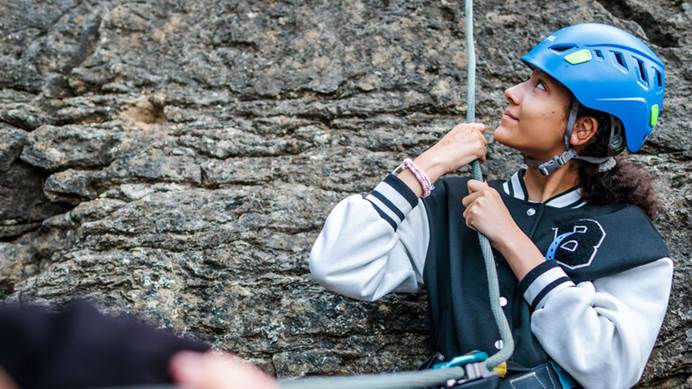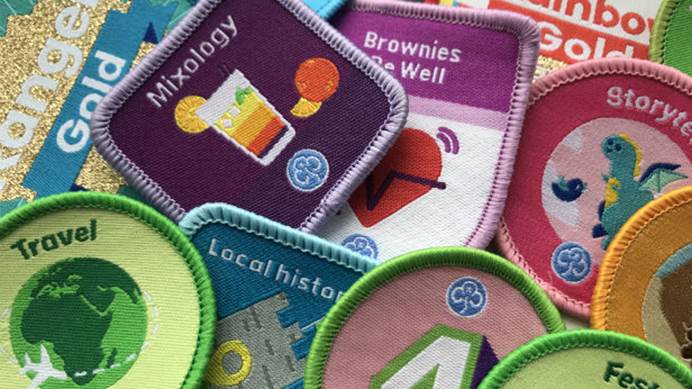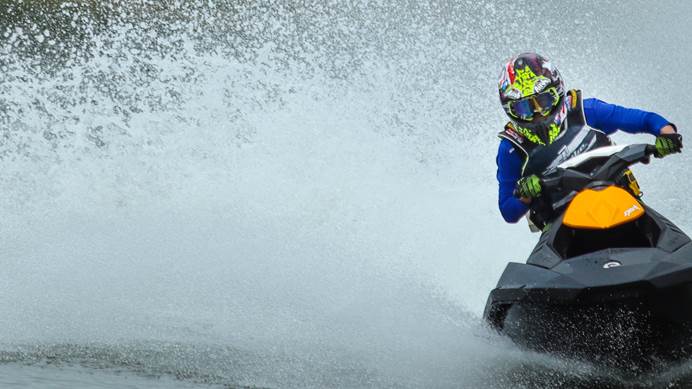Illnesses from outdoor activities
Learn about illnesses you can catch from outdoor activities and how to prevent them
Outdoor activities are great but have some risks, including illnesses.
It's unlikely that you or your girls will catch these illnesses through outdoor activities, but you need to be aware of them so you can take the right precautions.
Lyme disease
Lyme disease is a bacterial infection that is spread to humans by infected ticks. The ticks that cause Lyme disease are commonly found in woodland and heathland areas. They're small, spider-shaped insects that feed on the blood of mammals, including humans.
How to prevent it
The best way to prevent Lyme disease is to take sensible precautions when you're in areas that are known to have a high tick population. These include:
- Wearing long trousers and long sleeves.
- Using insect repellent.
Symptoms
An early symptom of Lyme disease is a red skin rash that looks similar to a bull’s eye on a dartboard. However, not everyone gets this warning sign so if you’ve been bitten and experience the symptoms below you should see your GP for a test. Lyme disease is easily treated with antibiotics but can cause more serious problems if left untreated.
Symptoms appear between 2 and 30 days after the bite and can include:
- Fatigue
- Muscle pain or weakness
- Stiff neck
- Headache
- Flu-like symptoms
Get more information on the Lyme Disease Action website.
E.coli
E.coli is a bacteria which lives in the intestines of some cattle, sheep and goats, but not in humans. Animals show no symptoms but they can spread the organism to people by direct contact, and indirectly via droppings and manure spread on land.
Symptoms
Symptoms include diarrhoea, severe abdominal pain and sickness. In rare cases, sufferers can go on to develop Haemolytic Uraemia Syndrome (HUS), which can lead to kidney failure and is sometimes fatal.
How the bacteria is spread
When camping, the bacteria can spread easily from footwear, tents and vehicles onto hands, or into food and water. It then causes infection when swallowed.
Animal droppings are the greatest risk, especially where there are lots of animals. Wet conditions are more risky as bacteria can be spread on muddy footwear onto stiles, gates, seating and play areas, as well as into camping areas.
Methods of prevention
Food hygiene is vital, so make sure girls wash their hands before preparing, cooking and eating food. Also ensure that food and washing up are never placed on the ground. Other risks include:
- Sitting on the grass to eat and touching the ground while eating.
- Pitching and striking tents, and handling groundsheets.
It's important to give regular reminders about hand washing.
When camping where animals graze
These precautions will greatly reduce the risk of E.coli and other infections, and should be followed where possible.
- Farm animals should be kept off the fields for three weeks prior to camping.
- Farm animals should be kept off fields during use.
- Remove any visible droppings at the beginning of the three-week period.
- Always wash hands before eating and drinking (use soap, clean towels and, preferably, hot running water).
- Ensure that water from streams is treated before drinking.
When camping in, or immediately after, continual wet weather, run-off from neighbouring fields containing animals could cause contamination. Consider this in risk assessments and when deciding whether or not to cancel a camp or return home early.
During expedition camping
When wild camping, remember that animals may have been grazing where members are now camping.
Expeditions may take place in areas where the concentration of animals is lower. However, water run-off is still an important factor, especially during wet weather. Participants' training must emphasise how to choose overnight campsites carefully, preparing food and washing up without putting it straight on the grass and the use of water purification tablets, boiled or bottled water where appropriate.




